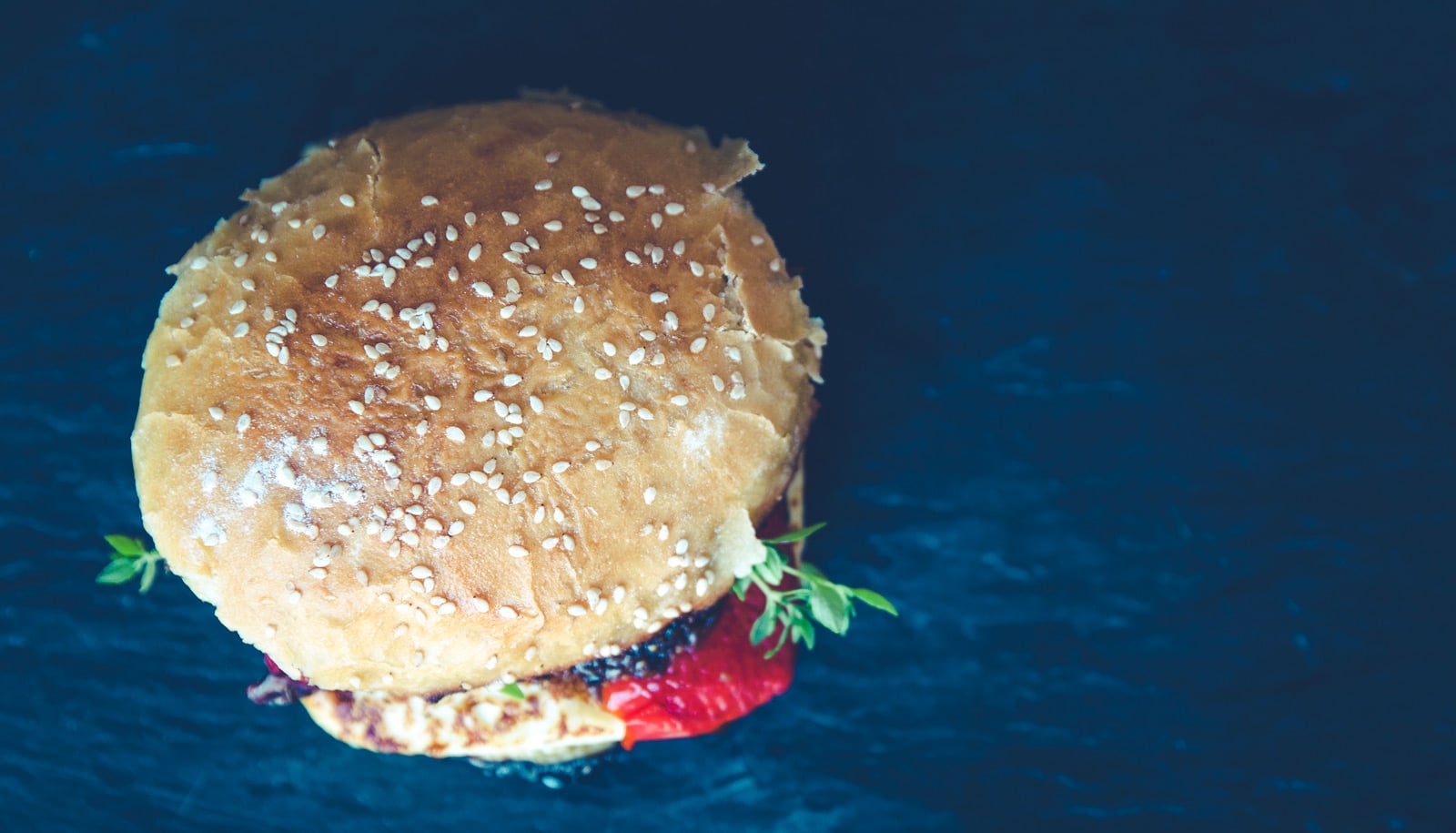After the holidays, many people make dieting a New Year’s resolution. But winter may pose challenges if your goal is to dramatically lose weight.
Natalie Thompson, a certified nutrition specialist and certified wellness coach at the University of Rochester Medicine’s Center for Employee Wellness, explains why you might be fighting nature when dieting in winter.
She also shares tips for eating healthy while following our bodies’ natural cravings and how to spot if you’re eating out of boredom rather than hunger:
Why can’t I lose weight while trying to diet?
While the term “diet” now suggests counting calories and skipping dessert, it also refers more simply to the kind of foods a group of people eat. But “going on a diet” suggests restricting certain foods, which can be counterproductive.
“Restrictive diets are very ‘yes’ or ‘no,’ and they often fail because of the lack of choice,” Thompson says. “That’s so hard to do, especially with something as necessary as food.”
Because restrictive diets lay out what you can and cannot eat in black-and-white terms, it can be difficult to stick with them for a long period.
Why is losing weight harder in the winter?
Diets can also fail if they’re not aligned with the body’s natural inclinations. New Year’s resolution diets are a good example. Though the start of the year is an excellent time to reflect on lifestyle habits and make healthy changes, winter is not the best season to expect massive weight loss. That’s because our bodies hold onto calorie reserves and crave calorie-rich foods when the temperature drops.
“In the colder weather, we’re more inclined toward sleeping and resting for longer periods,” Thompson says. “Our bodies crave more calorically dense foods, or rich foods. These comfort foods fill us up and give us heat from the inside out.”
How can I listen to my body better?
“In the winter, there are ways to make healthy, nourishing, calorically balanced meals to suit those warm, comforting, cozy cravings,” Thompson says. She suggests incorporating soups and stews into your diet using ingredients such as:
- Whole grains like brown rice, quinoa, barley, or buckwheat
- Beans and lentils
- Winter squashes like butternut or acorn squash
- Root vegetables like beets, carrots, or parsnips
When the weather gets warmer, we naturally want to eat lighter foods. It’s the perfect time to include more raw vegetables and fresh fruit in our meals. Recipes that coincide with cravings during the spring and summertime might also use:
- Chicken and fish
- Harvest greens
- Quinoa and rice salads
No matter the season, try to include protein, whole grains, and fruits and vegetables in each meal. “For the most part, our bodies are going to tell us what we need and what we don’t need,” Thompson says.
How do I start changing my diet?
Instead of clearing your cabinets or cutting out entire categories of food from your diet, first look at your lifestyle and food behavior patterns.
Thompson encourages those who want to make a dietary change to start by finding their own definition of “diet.” “Ask yourself, ‘What are the foods I choose to eat?’ and ‘What are the circumstances in which I eat those foods?’ Then, decide what you want to change.”
For example, many people snack on unhealthy foods late at night. Because this habit is frequently due to boredom rather than hunger, Thompson suggests checking in with yourself about why you’re eating. Then, find a fun or purposeful activity to do at the time you would normally reach for the chips or chocolate.
If you’re feeling a need for rest after work, consider working a 30-minute nap into your schedule rather than watching TV for hours, which is an activity that lends itself to snacking.
“We’re not always intentional with food. When we turn to food for any reason, without knowing that’s what we’re doing, that’s when we get lost in the food, Thompson says. “The key is to become attentive to our bodies and the person that we are, and listening to what it is that we need.”
Source: Sydney Burrows for University of Rochester



